Planting Root Vegetables Has Its Advantages Root veggies are not only highly nutritious but also versatile. In the majority of instances, you are permitted to consume both the plant and the root. For example, a lot of individuals plant turnips for their greens just as frequently as they do for their roots.
Because they can tolerate conditions as low as fifteen degrees F, root vegetables are perfect for fall gardening (see here for more information on how to grow a fall garden).
Root veggies can flourish throughout the wintertime long if they are protected. The lifespan of your root vegetables will be greatly increased by adding some kind of shelter to your vegetable patches, such as a cold frame or six mil polyethylene (both of which can be purchased at any nearby garden retailer).
Friendly Reminder:
Unlike what the seed packaging says, wintertime and autumn root veggies will go into hibernation and take longer to mature. The amount of daylight they receive will determine this.
In order for them to achieve a particular level of development before the days start to get substantially drier in the wintertime, it is ideal to sow them in the months of September and October.
Advice On How To Grow Root Vegetables:
The secret to achievement is knowing the fundamental characteristics of root vegetables. Here are some pointers I’ve picked up along the best way.
Temperature:
Colder temperatures are ideal for root veggies. The vegetation uses its own vitality to nourish the greens and set forth blossoms, which then create seeds, during the hottest times of the year.
However, the plant concentrates its metabolism on the roots in colder climates, resulting in a tastier and more appetizing root.
Soil:
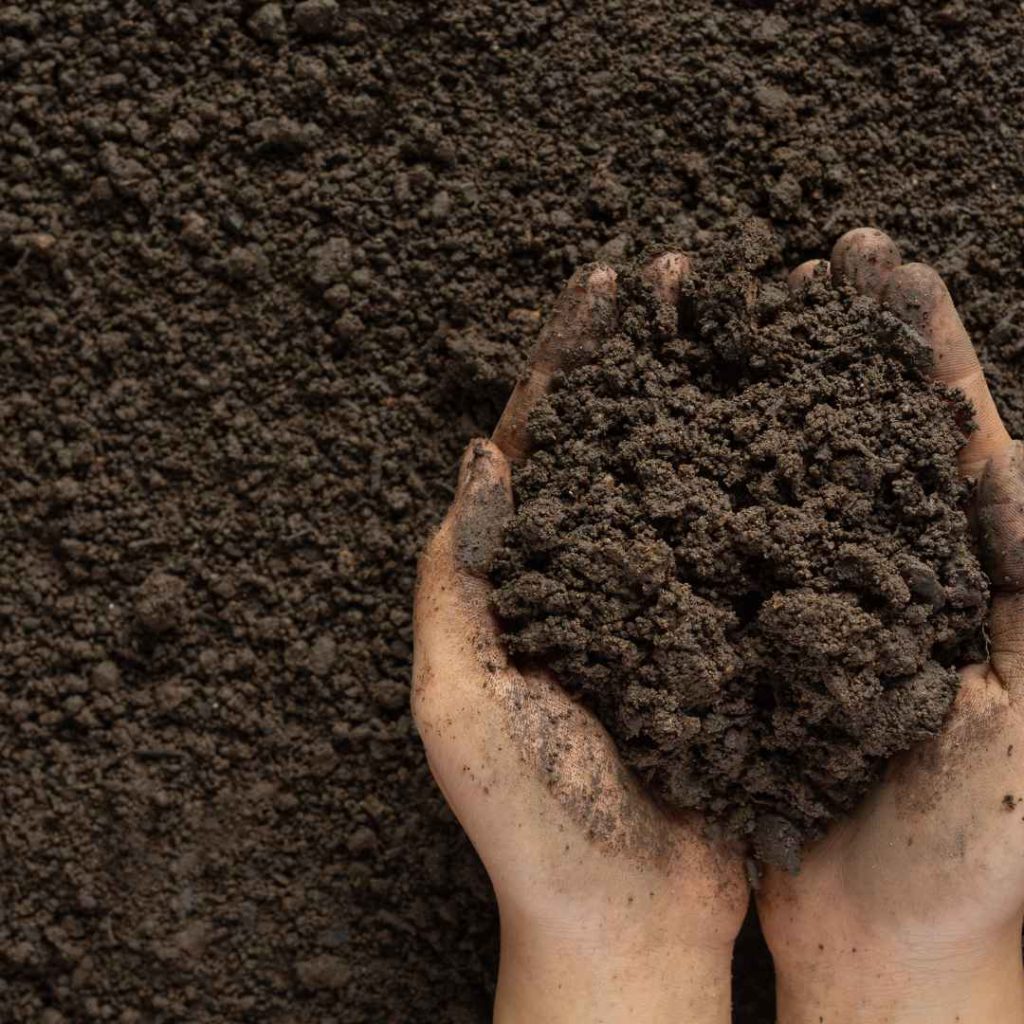
Avoid using excessively nitrogenous soil while growing root vegetables. You’ll have big green veggies but tiny roots if your ground has excessive ammonia. Use only nutrients that consist of potassium or phosphorus, such as marrow meal or bloodstream meal.
Use unconsolidated dirt when planting. Funky-shaped roots that just don’t spread as well are the result of stony or dense soil.
A Recommendation:
To assist and enhance the framework of clay-based soil, you can utilize huge root vegetables like radishes. Do not retrieve them; instead, plant them in the autumn season. until they return to the earth in the springtime. As a result, naturally occurring substances and air sacs will be added to the ground when the roots decompose.
Planting Seeds:
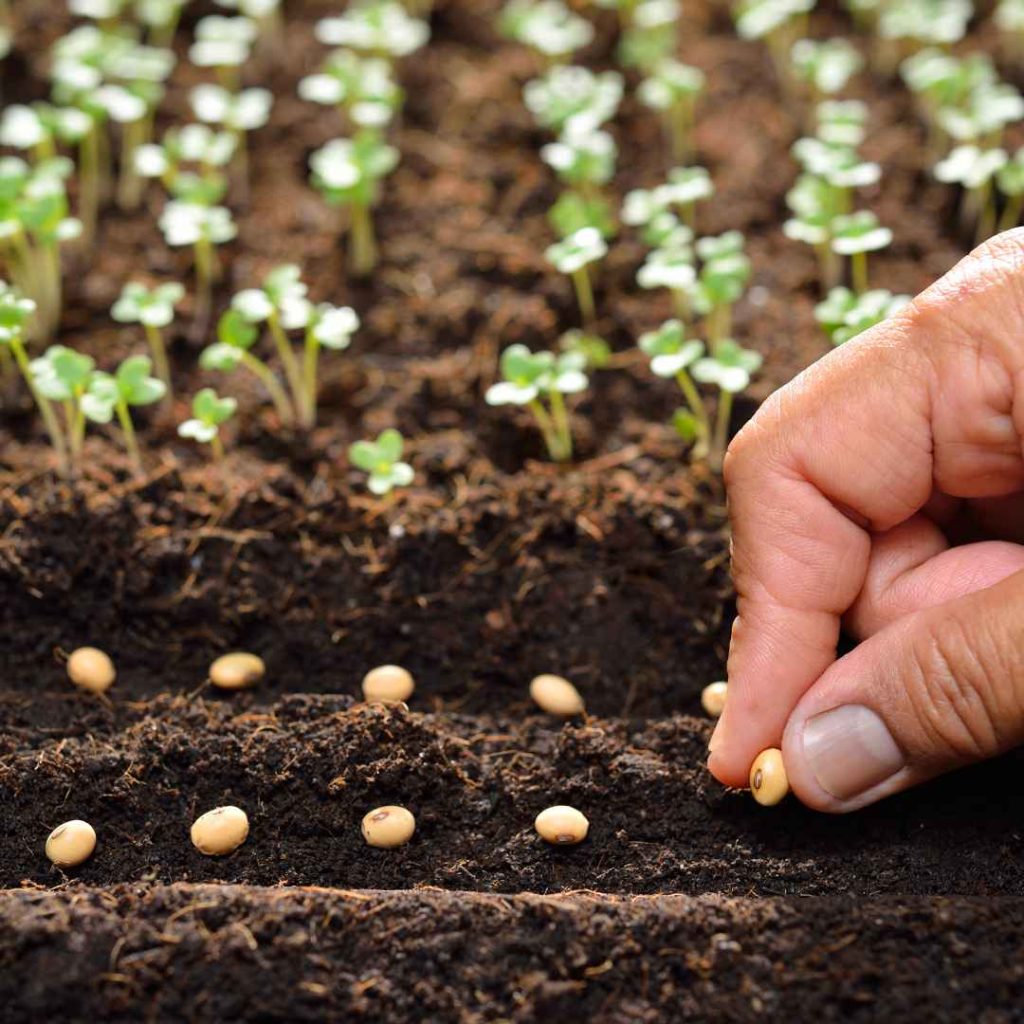
A seed is equivalent to a root. Root vegetables are therefore not the ideal choice for transplantation. The ideal way to plant them is straight into your landscaping beds. When establishing, adequate distance is essential. Because the grains are so tiny, this could be challenging, so be ready to trim them out as the seedlings emerge.
Thinning:
It’s critical to thin root vegetable buds. You can have crooked roots, roots of the incorrect measurement, or roots that are dense together if you don’t thin. Don’t yank up any of the seedlings so as not to harm other vegetation.
Instead, leave the root that is now established in the earth’s surface and nip out one of the sprouts at the base with clippers or the tips of your fingers.
If you yank to thin the plants, you run the danger of pulling up or injuring those intended roots.
10 Fall Vegetables For Late Harvest:
Pumpkins:
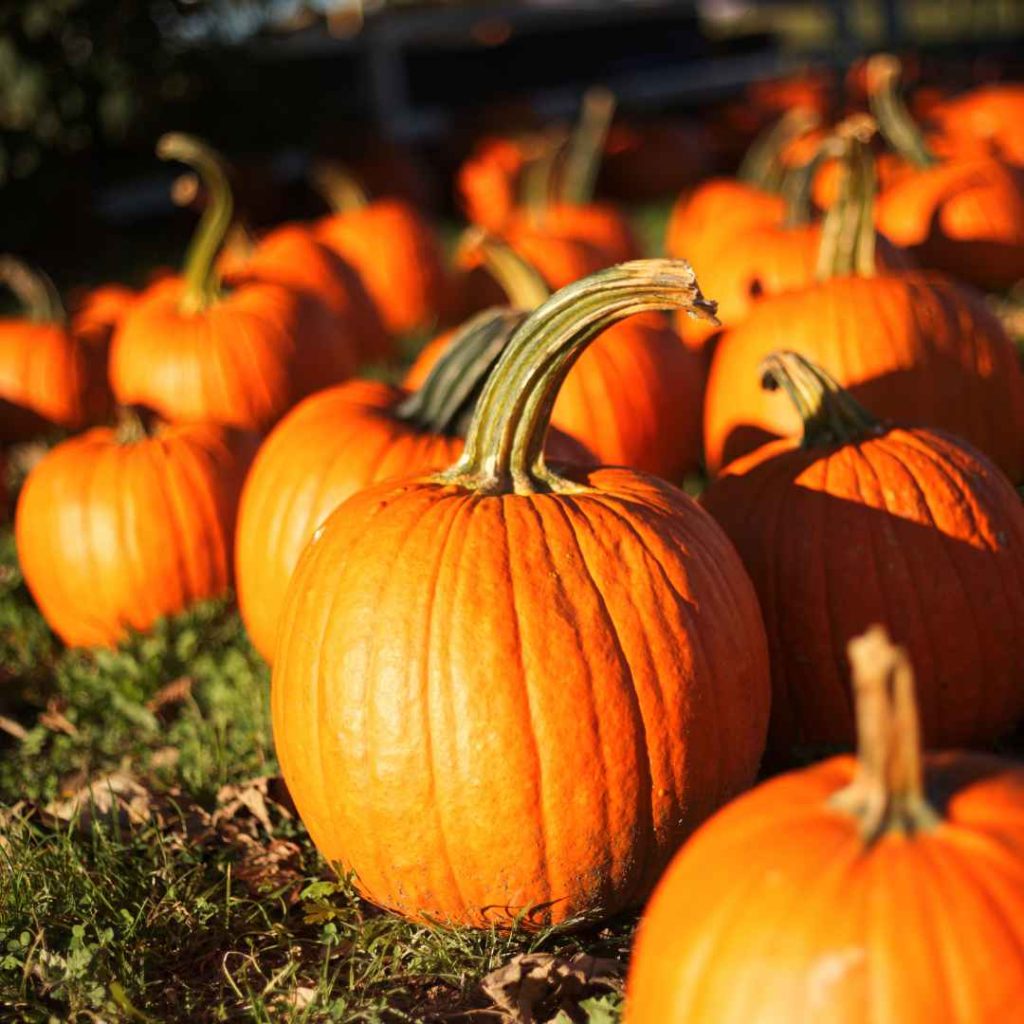
Pumpkins say “fall” like few other vegetables. They are available in a vast array of hues and dimensions. While the greatest pumpkins for consuming food, such as “Baby Pam” or “Long Pie,” have more dense meat and thinner skin, jack-o’-lantern pumpkins have thin internal pulp and a tough exterior.
Because their twigs may grow up to thirty feet in height, pumpkins require space to move around. To increase the square footage of the cultivating area, they can be cultivated on pergolas.
Winter Squash:
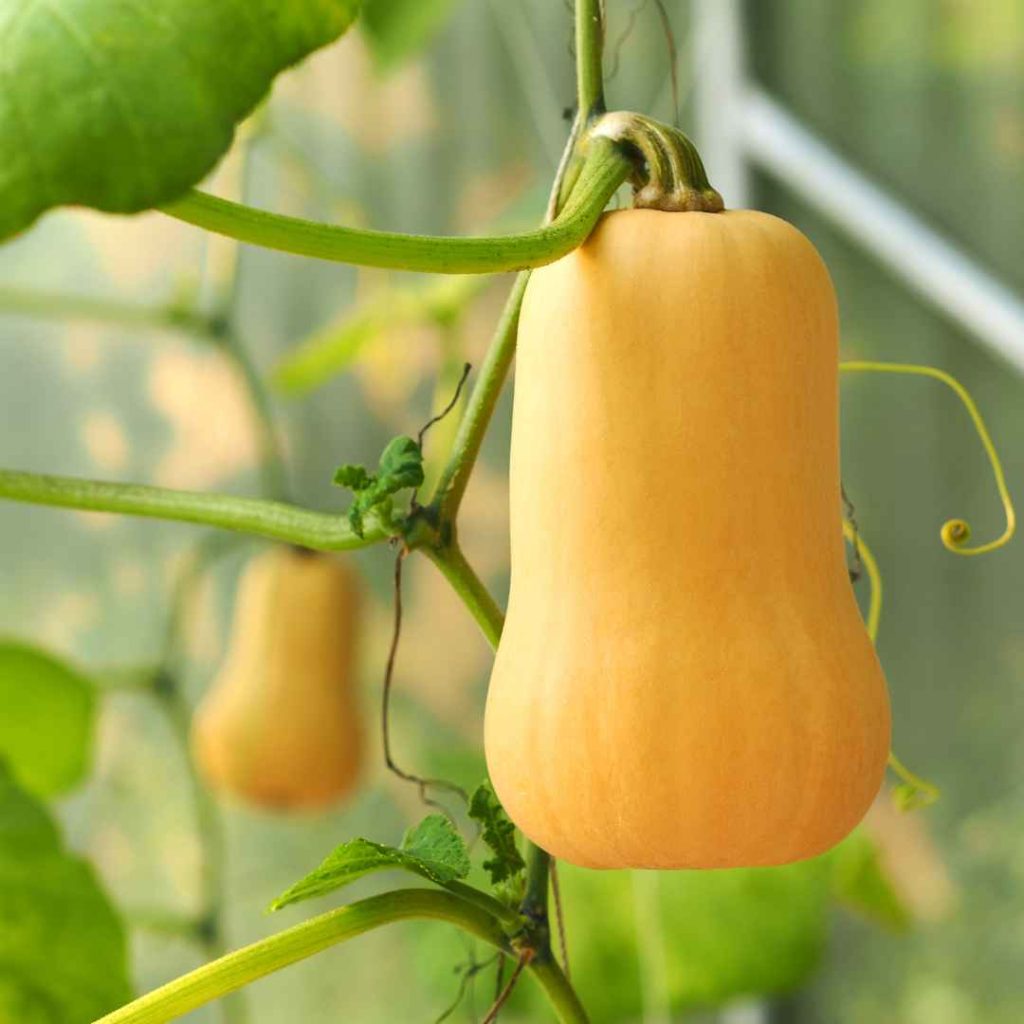
Simple for storing Winter squashes retain their vitamin content for years when kept in low conditions. Although there are many varieties, spaghetti, butternut, buttercup, and hub-bard squashes in everybody’s book Organic Kitchen.
It’s better to start these domestically as seeds and plant them outside in the middle of summertime. Try cultivating them on arbors because, like pumpkins, they may require an enormous amount of space.
Beets:
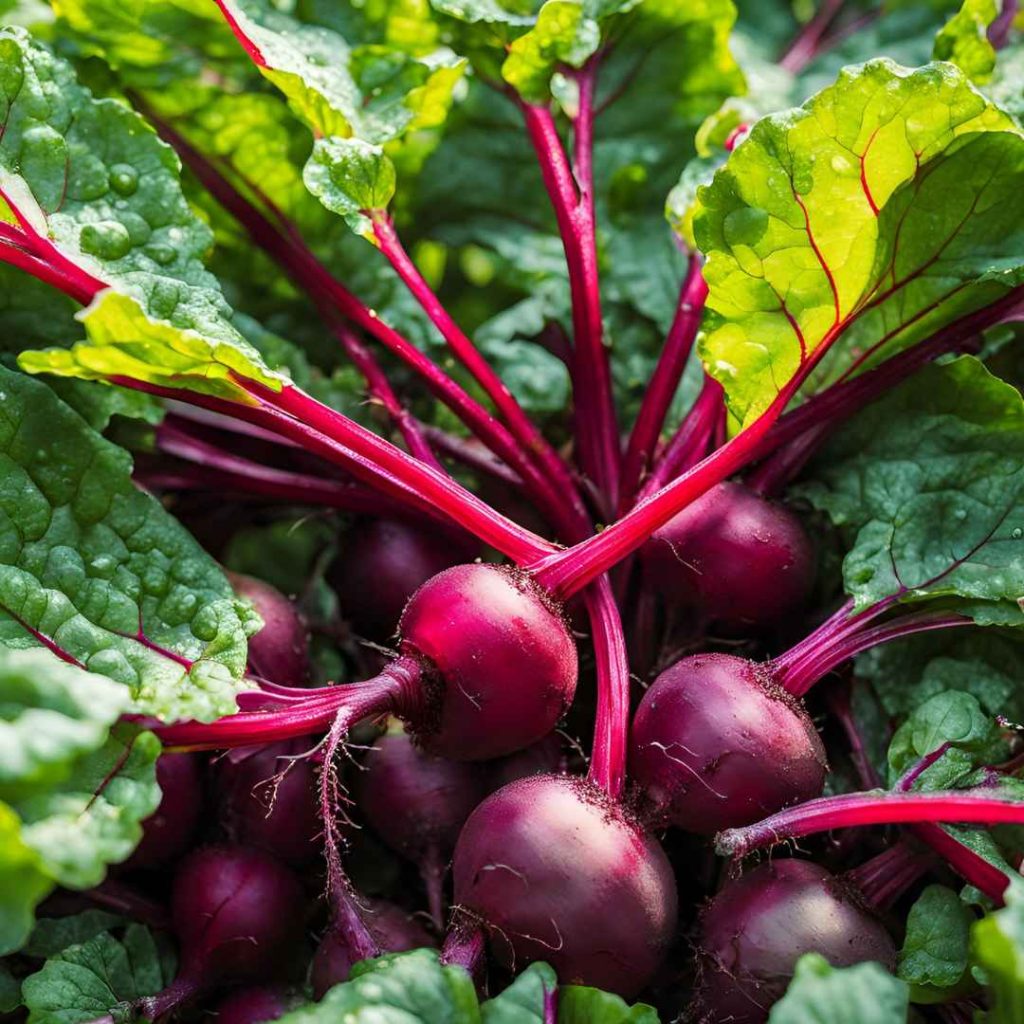
The milder earth temperatures in the fall, when the beets begin to develop, will yield tastier beets, but in summertime, beets may require some shadow protection in order to establish. They can withstand a little cold and will continue to develop until the initial hard cold. Beets can be marinated, preserved in containers, or kept in a cool place.
Carrots:

Carrots grown in cooler fall dirt will be more flavorful, like beets, with orange varieties being the most delightful. A healthy yield of carrots will last you through the colder months because they can be stored in a refrigeration unit for up to three months. They do most effectively when given time to reach adulthood, so don’t yank them too soon.
Sprouting Brussels:
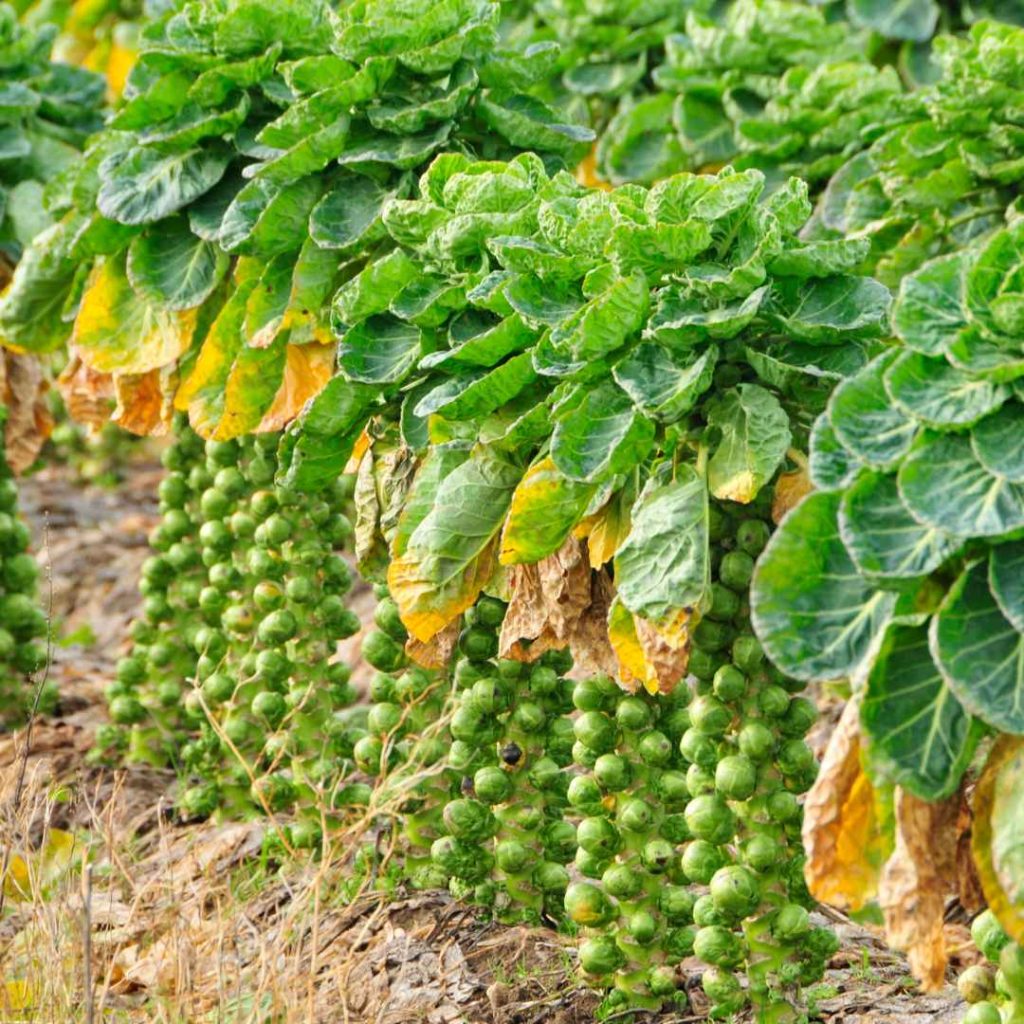
Brussels sprouts, a separate crop that thrives in the fall, are often the last crop to survive when fall gives way to December. Since they will keep happening to develop from the highest point, pick from the bottom up. Plant the Nasturtium and marigolds close by to assist with ward off caterpillars and cauliflower worms.
Broccoli:
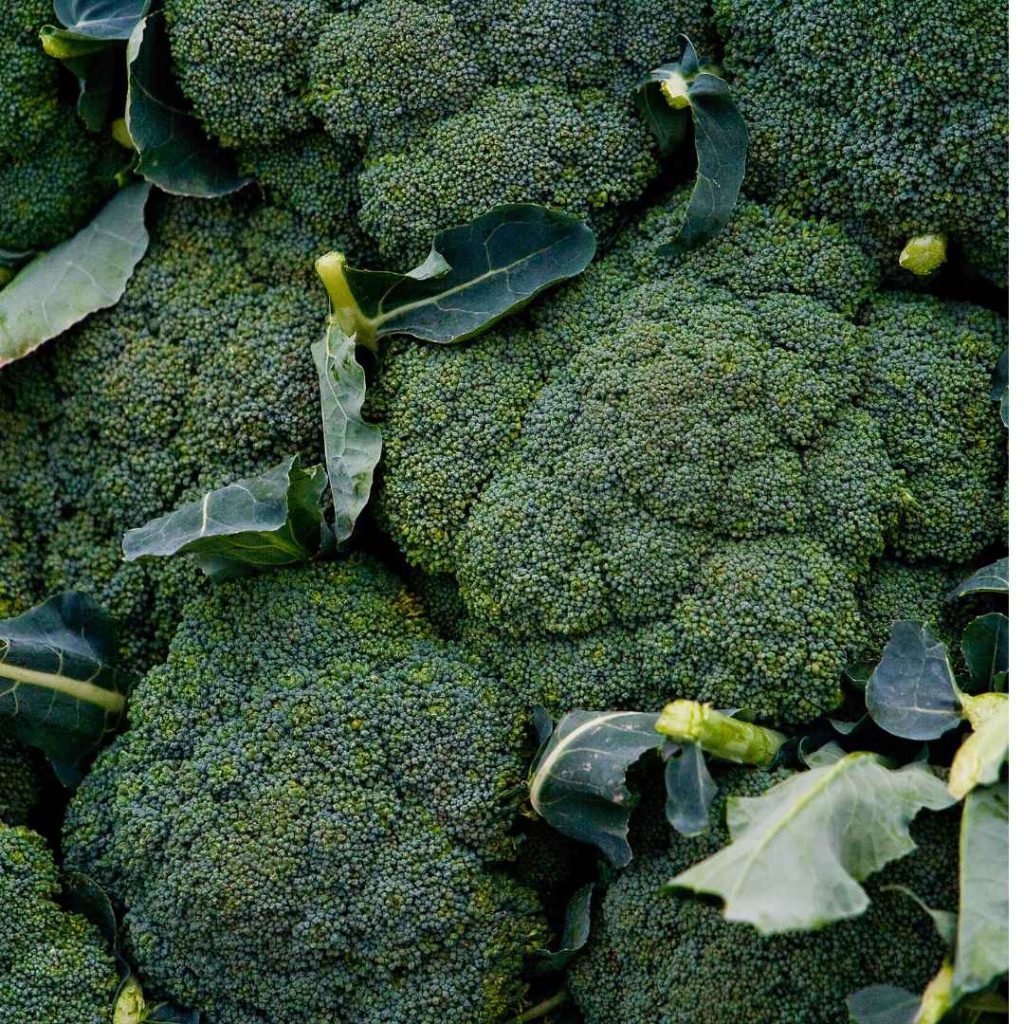
Unlike spring-start broccoli young plants, late-summer-started broccoli seedlings are not susceptible to sporadic frost. They should be collected prior to the earliest hard cold, but if they have sufficiently grown up, they can withstand a light freeze.
It’s advisable to start seedlings a little sooner and then relocate them in the middle of summertime because they require slightly more time to expand.
Potatoes:

Use approved potato seedlings to develop fast-maturing cultivars. When sown, supermarket potatoes may have illnesses and typically receive treatment with growth inhibiting agents.
Steer clear of cultivating in beds with other nightshade plants, including tomatoes, peppers, eggplant, or other potatoes, that have developed within the last two years. Additionally, refrain from planting near squash, pumpkin, or cucumbers.
Cauliflower:
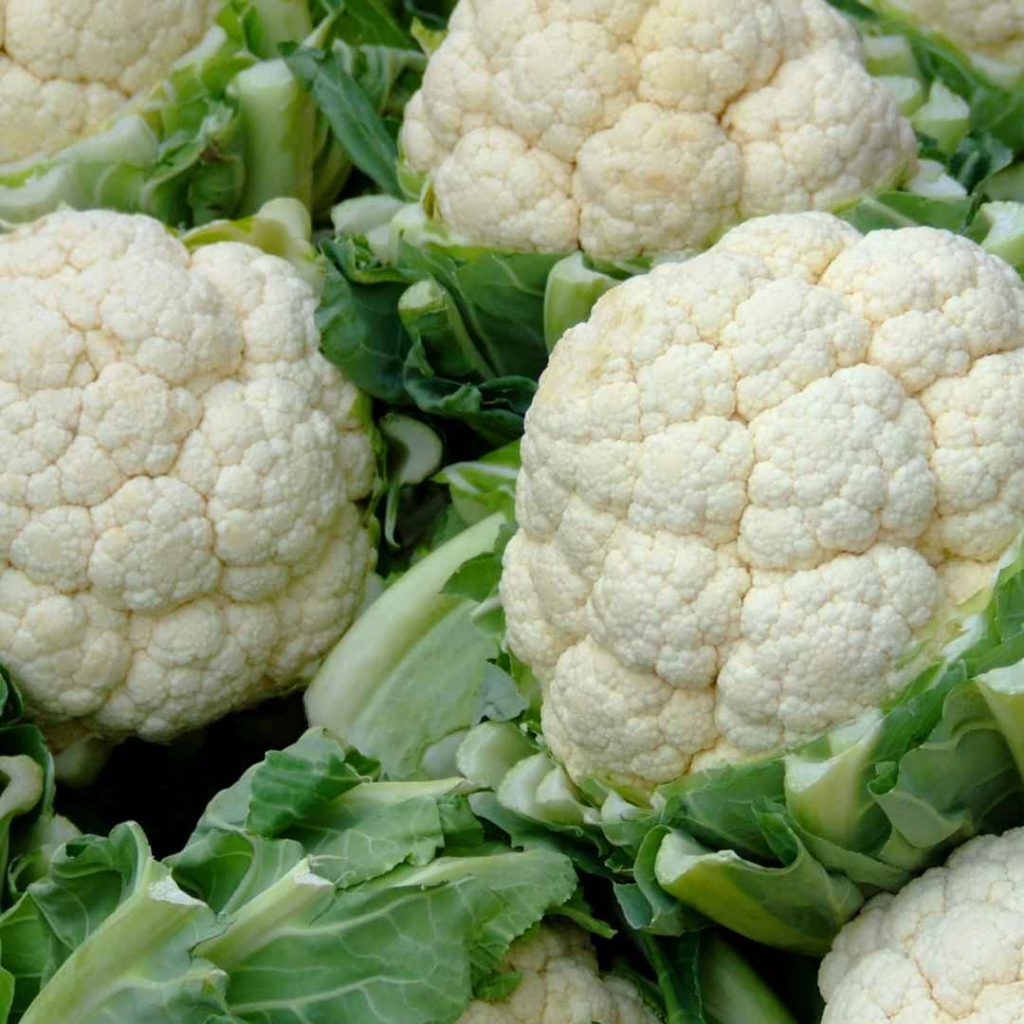
Cauliflower thrives when cultivated in the fall and yields tightly, sensitive heads. They do require a little greater duration to mature, therefore begin your fall harvest a slightly sooner, more in the middle of July. It is possible to sow seeds earlier and shift sprouts in the middle to late summertime to obtain a head.
Arugula:
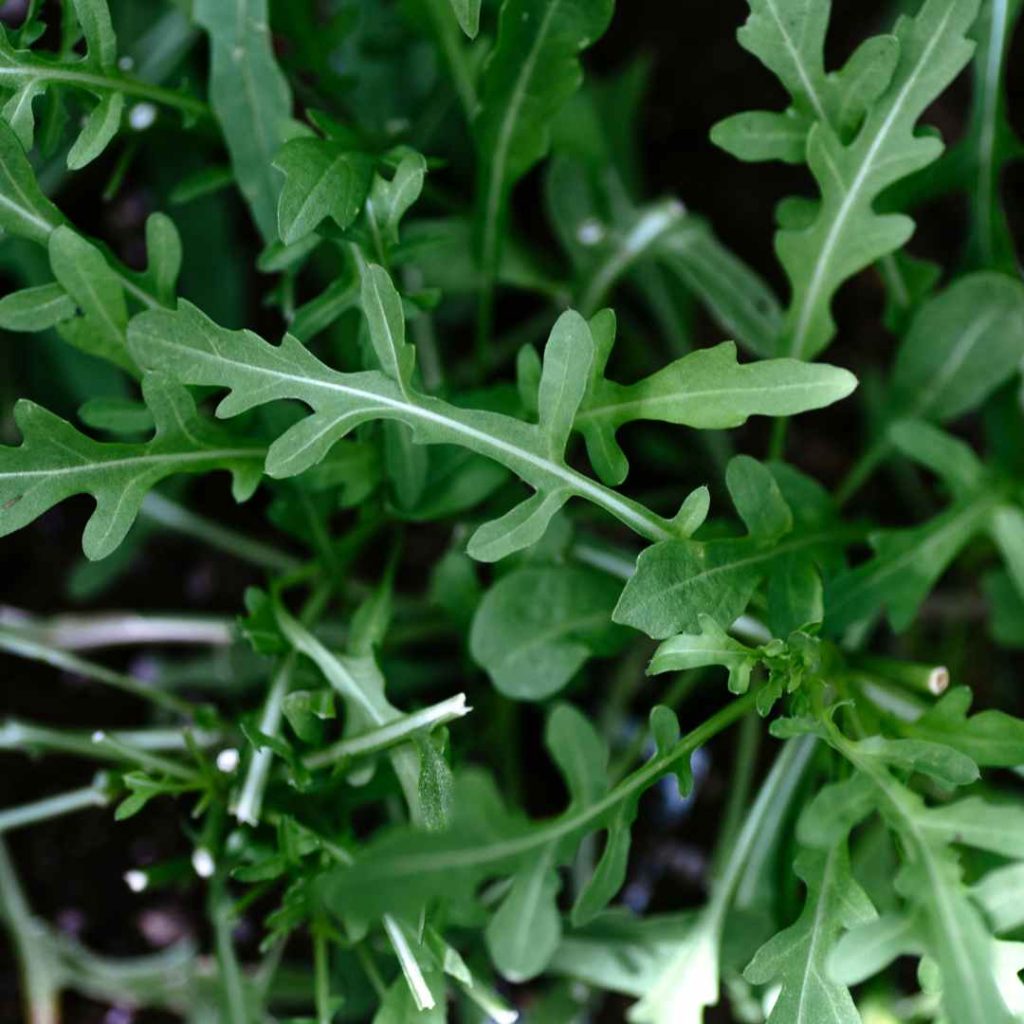
When cultivated in the springtime, arugula can produce blossoms and seedlings too soon due to excessively pleasant temperatures. The milder weather in the autumn season, however, enables foliage to develop and become flavorful.
Bush Beans:
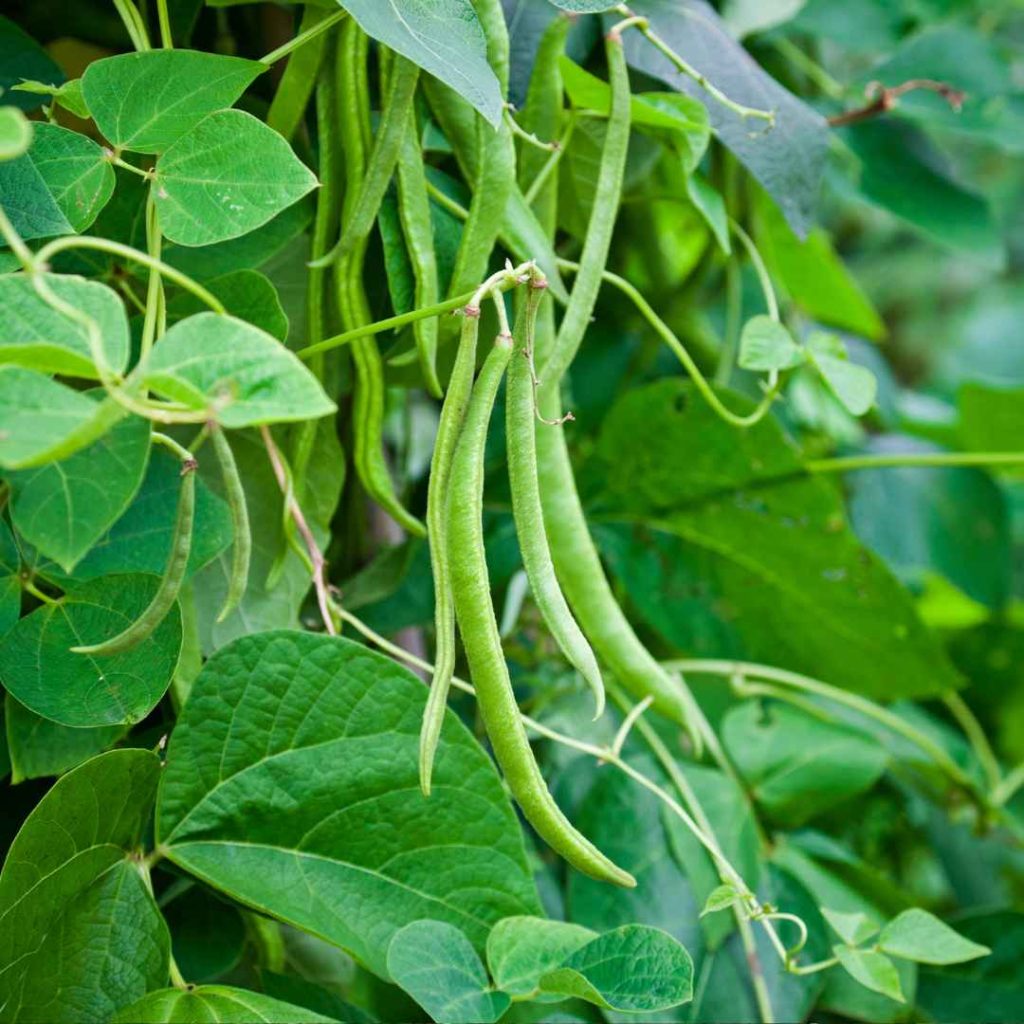
These types don’t need assistance, making them a little simpler to produce than pole legumes. Many seeds will germinate in between forty-five and sixty days, and they will develop rapidly in the slightly chilled conditions.
Beans can be cultivated in regions with deficient soil because they replenish nitrogen in the substrate. For additional nitrogen-boosting effects, only up to the beans when they’re finished.
